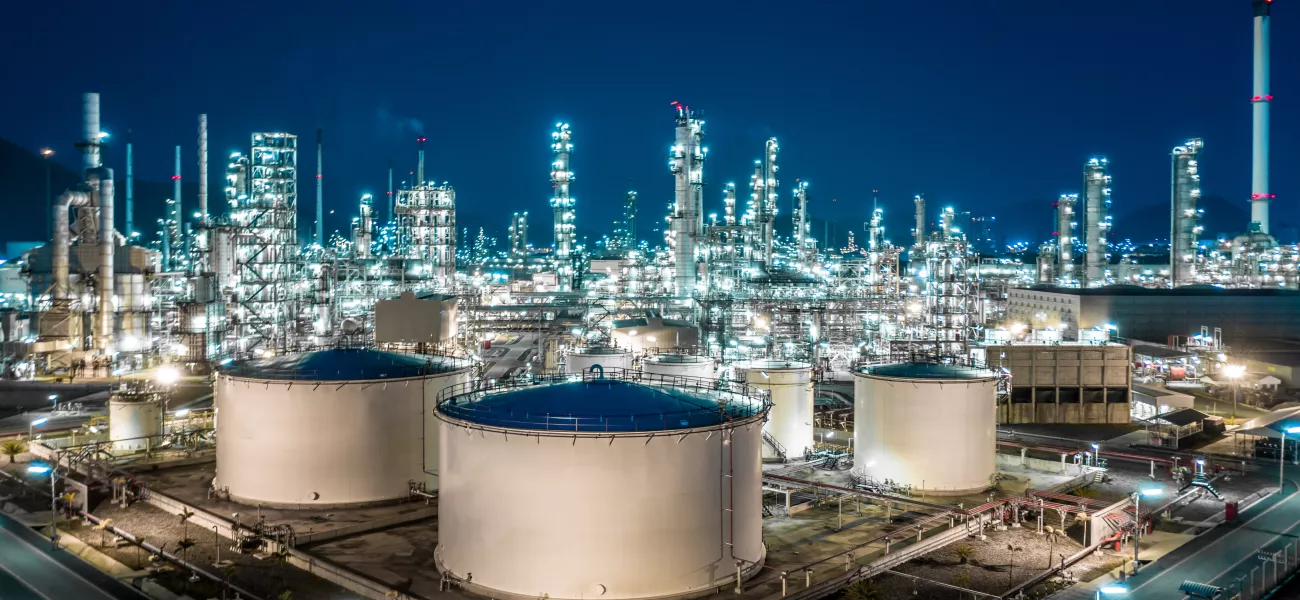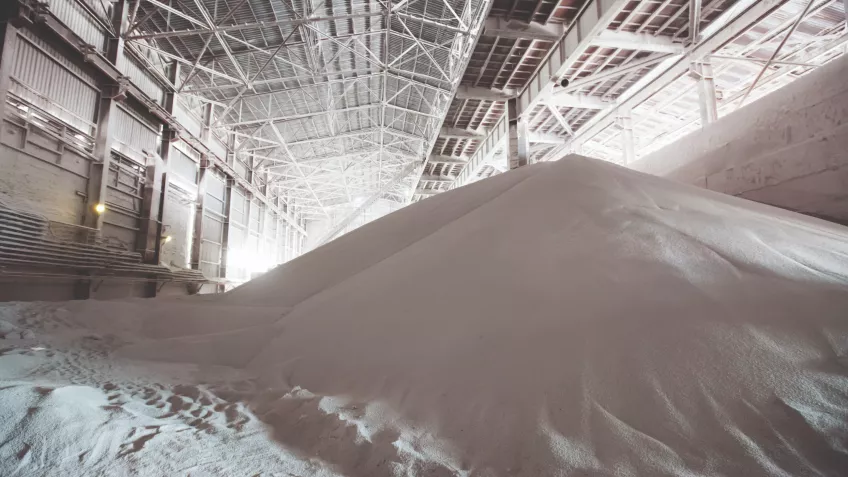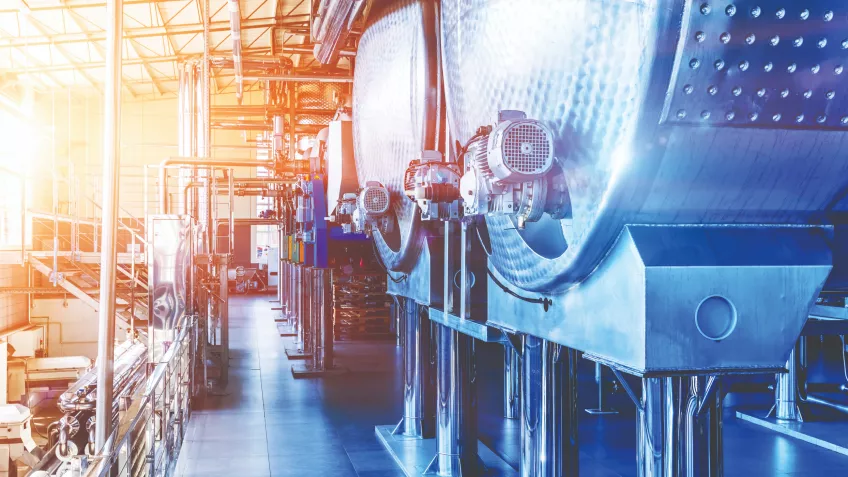
No matter if you call them explosion-protected or explosion-proof cameras, they are designed to remove the risk of the camera creating a spark that could cause an explosion in a hazardous environment.
While this is, of course, a key feature, it doesn’t fully describe the multiple benefits that explosion-protected cameras can bring. Safety remains at the forefront, but the high-quality of the cameras and, increasingly, the ability to integrate other sensors into the solution opens the opportunity for cameras to play a central role in many aspects of operational efficiency.
It’s an obvious thing to say, but the compelling need for an explosion-protected camera comes in those environments where there is a genuine risk of explosion. What might be less obvious is how often this is the case, and in how many sectors of industry both for critical infrastructure and other industrial operations.
The explosion risk: from oil and gas to farm and factory
Explosions are a risk wherever combustible or flammable material meets an ignition source, in the presence of air.
Gases and vapors are easily ignited, and are very common in different industrial settings. The extraction of highly flammable gas from the earth is at the center of the operation, while it's also a byproduct of the process of oil extraction and processing. Gas is also commonly used as an important additive for production in many industrial and manufacturing sectors, and vapors are often present in any sector making use of chemicals or flammable liquids.

While gases and vapors are most commonly associated with hazardous areas, devastating explosions can occur in other environments where significant amounts of dust, fibers or flyings find their way into the air. Whether from ingredients for food, such as flour and sugar, material used in farming, like fertilizer, dust in the post processing of timber, or fibers in producing textiles, the risk of fire or a catastrophic dust explosion is ever-present.
Potential ignition sources for explosions are equally varied. Electrical sparks, or those generated through impact or friction, open flames, electrostatic discharge, high surface temperatures, shock waves and even lightning strikes – all these have the potential to either directly cause an explosion, or start a fire that could subsequently present a risk if not quickly addressed.
Explosion-protected cameras: mitigating risk, and more
The explosion risks across sectors are well known, of course, and for this reason strict regulations are in place with respect to specifically hazardous areas of industrial sites and factories. These regulations specify different zones within which only certain equipment is certified to be placed, as well as the design requirements for that equipment itself, surveillance cameras included.
In simple terms explosion-protected cameras are enclosed in a heavy-duty housing, usually made from stainless steel or aluminum, which removes the risk of any spark being emitted by the camera that might cause an explosion.

As a result, explosion-protected cameras can be placed in the most hazardous environments. This brings immediate benefits in health & safety. By their nature, hazardous areas are those where personnel should spend as little time as possible, if any at all. High-quality images from network surveillance cameras allow remote visual monitoring and verification in forensic detail, allowing operators to assess exactly when intervention by personnel is required, if at all.
But today’s network video cameras are about much more than live visual images. With the increasing use of deep learning, cameras can now detect patterns, trends and anomalies that bring additional benefits in health and safety and operational efficiency.
Analytics can detect whether those working in hazardous areas are wearing the appropriate protective clothing, while smoke and fire analytics support the possibility to detect fires at an early stage.
Detail from cameras can also be enhanced greatly through integration of other sensors. Heat and thermal sensors, for instance, can detect if the temperature of machinery is moving outside safe thresholds, and reduce power automatically or shut it off completely.
Gas sensors can detect leaks and alert personnel to address the issue, and if cameras detect people in the affected area, evacuation messages can be triggered over audio speakers. Similarly, if cameras detect people moving into restricted zones or areas where, for instance, industrial robots are operating, alarms could be triggered and the robots shut down until the area is clear.
The combination of data from cameras – both visual and meta data – along with that from other sensors, can be collated and analyzed in the data center; over time leading to insights that will result in operational efficiencies, safety enhancements and predictive maintenance.
The future of explosion-protected cameras
Given the need for safety is greater in hazardous areas than perhaps anywhere else, it’s ironic that many organizations focus mainly on the characteristics of the enclosure, and not the possible benefits attainable through modern network cameras. Placing standard surveillance cameras outside the hazardous area may result in short-term savings, but clearly reduces the level of detail captured.
As the ‘beyond video’ capabilities of explosion-protected cameras continue to grow, the benefits of their placement within hazardous areas will continue to multiply. These will deliver benefits within safety, while also creating efficiencies in operations that can represent a compelling return on investment.
It’s time to take a closer look at explosion-protected cameras. More details around the benefits for explosion-protected cameras in hazardous areas can be found here and to learn more about Axis explosion-protected camera portfolio, click here.
